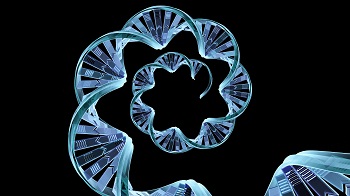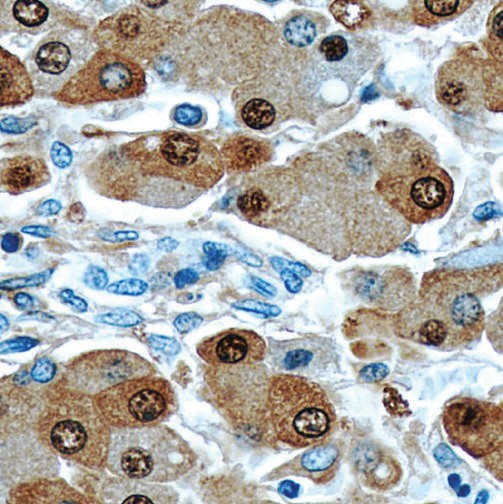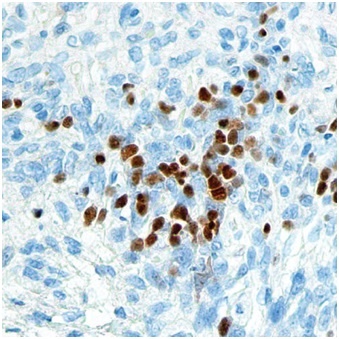Spectrophotometric analysis, also called spectral scanning, of biomolecules serves two main purposes – the quantitation of nucleic acids (DNA and RNA) and purity assessment. Since the amount or concentration and purity of the DNA or RNA in a solution significantly affect the results of subsequent downstream applications, establishing these values early on can reduce, if not totally eliminate, the risk of committing errors and guarantee optimum results.
The Use of Spectral Scanning in Nucleic Acid Purity Assessment
Topics: Molecular Biology, Apoptosis Assays, Assay Development (ELISA), Detergents, Buffers & Chemicals, Cytology & Histology
Specificity of Immunostaining methods: How to choose a control?
Immunocytochemistry is one of the most commonly used methods for protein localization in the cells or tissues using specific antibodies. The overall credibility of the results from Immunocytochemistry depends on two factors:
Topics: Protein Labeling, Teaching Biotechnology, Cytology & Histology
Whenever you work in the histology lab, there is a great chance that you’ll be using some type of fixatives before you can proceed with your experiment. By definition, fixation is the process of preserving biological tissues by terminating any biochemical reactions thereby preventing autolysis and putrefaction. It also preserves the integrity and morphology of the sample by inhibiting bacterial and fungal growth.
Topics: Cytology & Histology






